Calgary has released its State of the Downtown Report for 2020, one of the most challenging years in Alberta’s history
“The report highlights the unprecedented level of collaboration between downtown Calgary’s partners, as we tackled a challenging year for our city, our citizens and our downtown,” said Thom Mahler, downtown strategy program lead for the city. “Even with these challenges and the limitations the COVID-19 pandemic placed on our downtown, a lot of exciting things happened in 2020 and we’ve begun to build a foundation for an exciting future.”
One of the hardest hit sectors was office space.
According to the report, the city’s office vacancy at the end of 2020 hit 29.36 per cent. City officials explained Calgary couldn’t keep up with the demand for space when the city’s economy was stronger, so large-scale office developments were approved to keep up.
“These large projects took years to complete, while the economy contracted in the interim and demand dropped significantly since 2014,” the report said. “The result of this build-up is that Calgary has not only the highest levels of downtown office supply (commercial core and Beltline), but also the highest occupied downtown office space per capita when viewed against comparable North American cities.”
Officials noted as of Q4, Calgary has 43 square feet of office space per capita, more than double the amount of Toronto (21 square feet per capita), the next highest of any comparable North American city.
The report noted work is underway to transform the East Village and the east end of Victoria Park.
The BMO Centre Expansion, the Platform Innovation Centre, Arts Commons Transformation and the 17 Avenue S.E. Extension are all being led by the Calgary Municipal Land Corporation (CMLC).
Investment in public spaces also was big in 2020. Work was done in Eau Claire, Chinatown and the East Village.
The city is investing $59.1 million in flood protection, public space, and walking and wheeling connectivity projects between 2020 and 2023.
The city also outlined its key investment priorities for the coming years including:
- $45 million in financial incentives for office conversion, office replacement and new residential development. The city has already identified 28 offices that could be converted.
- $5 million in financial incentives to offset Plus 15 Fund contributions for residential development. The fund supports construction, operation and maintenance of downtown’s Plus 15 system.
- $55 million for impactful capital projects to improve public spaces, improve vibrancy and support complete neighbourhoods. Projects being considered include establishing a downtown public market, a revamp of Olympic Plaza and renovating the Northwest Travelers building.
“Our core will not go back to the way it was before the pandemic, let alone five to 10 years ago because of changes to our energy industry and how and where people work,” reads the report. “Our future success relies on downtown being a place people want to live, visit and set up businesses. We need to move beyond the traditional nine-to-five business district towards a vibrant city centre that people enjoy 24/7 with a diverse mix of residential, office, retail, entertainment, tourism and culture.”
Follow the author on Twitter @RussellReports.


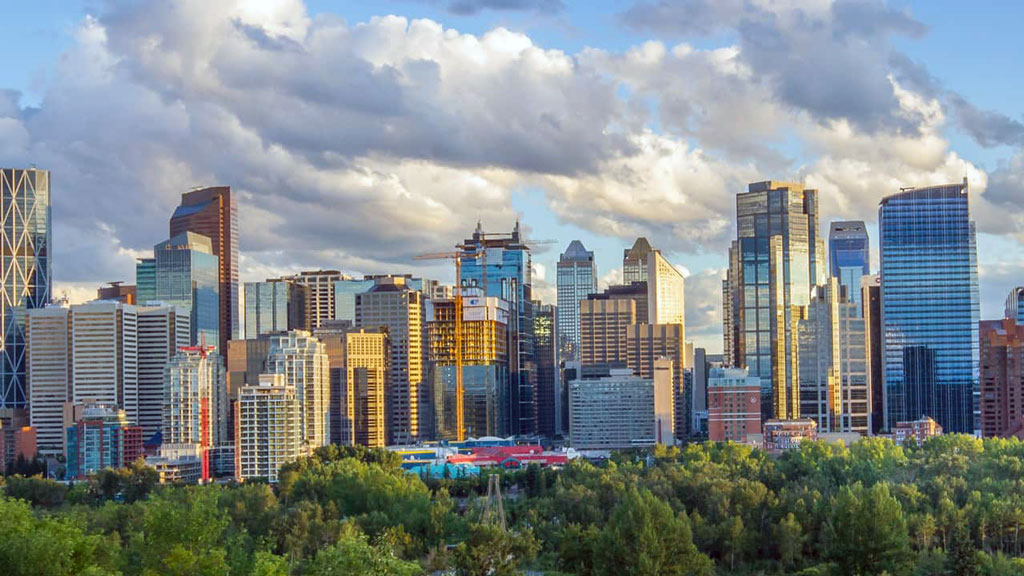
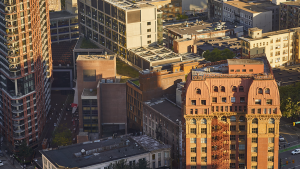
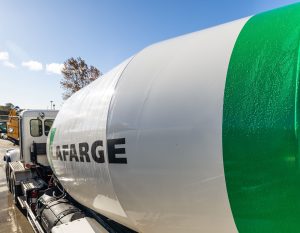

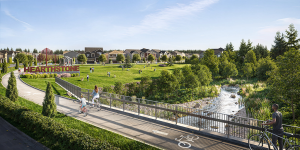
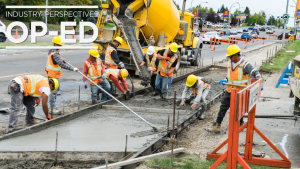
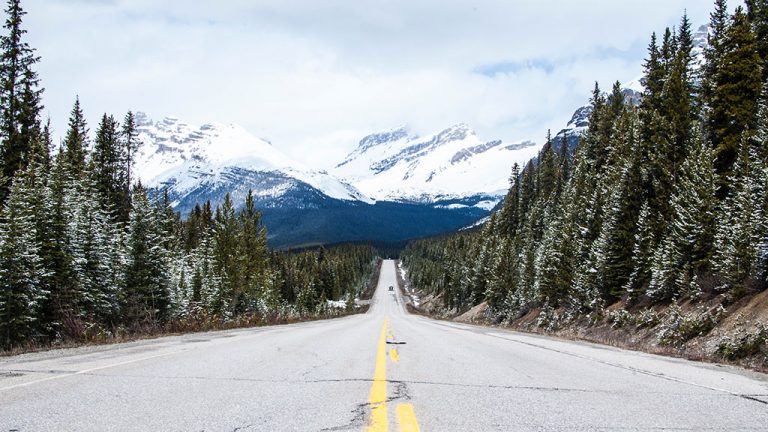

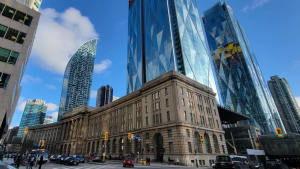
Recent Comments
comments for this post are closed